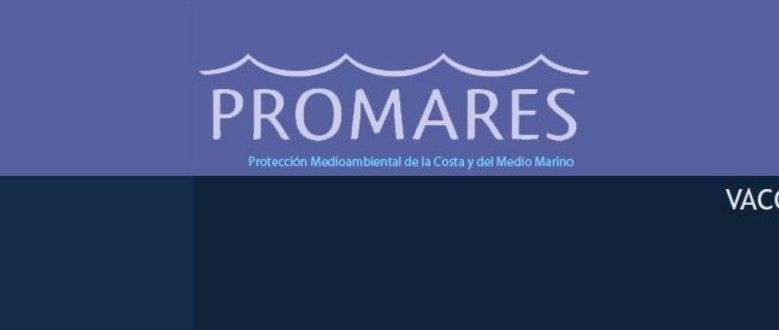
VACCA: Development of an Autonomous Vehicle for the Control of Water Quality
An Autonomous Underwater Vehicle (AUV) is a robotic vehicle which moves through the water using a propulsion system that allows it to maneuver in three dimensions. They are equipped with sensors that sample the ocean while the vehicle is moving, recording series of spatial and temporal data. AUVs have an on-board computer that runs the autonomous navigation system, which determines the path to follow, taking into account the points at which sampling is required, the map of the area and the obstacles detected by the sensors.
VACCA is a subproject within the Strategic Project "Environmental protection of the coast and the marine environment", PROMARES. It addresses the design and operation of an AUV to control the quality of sea water, i.e., it performs water quality measurements in a particular area routinely. This design allows the system to react to the actions of other installations in the area, sampling by request as a result of reaching predefined environmental conditions.
Objectives
- Module for path planning based on the coordinates of the points to visit: given a map of the coastline and the depth of each area.
- Intelligent control algorithm for surface navigation: given the position of the AUV and the path to follow, the control algorithm allows the vehicle to travel from the start point to the destination avoiding unexpected obstacles (not included in the map, such as boats, floating objects ...).
- Control algorithm for sampling: control algorithm that moves the vehicle to take samples ina an area using a specific sampling protocol.
Project
/research/projects/desenvolvemento-dun-vehiculo-autonomo-para-o-control-da-calidade-da-auga
<p>An Autonomous Underwater Vehicle (AUV) is a robotic vehicle which moves through the water using a propulsion system that allows it to maneuver in three dimensions. They are equipped with sensors that sample the ocean while the vehicle is moving, recording series of spatial and temporal data. AUVs have an on-board computer that runs the autonomous navigation system, which determines the path to follow, taking into account the points at which sampling is required, the map of the area and the obstacles detected by the sensors.</p><p>VACCA is a subproject within the Strategic Project "Environmental protection of the coast and the marine environment", PROMARES. It addresses the design and operation of an AUV to control the quality of sea water, i.e., it performs water quality measurements in a particular area routinely. This design allows the system to react to the actions of other installations in the area, sampling by request as a result of reaching predefined environmental conditions.</p><ul><li>Module for path planning based on the coordinates of the points to visit: given a map of the coastline and the depth of each area. </li><li> Intelligent control algorithm for surface navigation: given the position of the AUV and the path to follow, the control algorithm allows the vehicle to travel from the start point to the destination avoiding unexpected obstacles (not included in the map, such as boats, floating objects ...). </li><li>Control algorithm for sampling: control algorithm that moves the vehicle to take samples ina an area using a specific sampling protocol.</ li> </ul> </p> - Manuel Mucientes Molina - Alberto José Bugarín Diz, Roberto Iglesias Rodríguez
projects_en